The Highly Caffeinated Life of Dwight D. Eisenhower, the Chain-Smoking D-Day Mastermind Who Became President
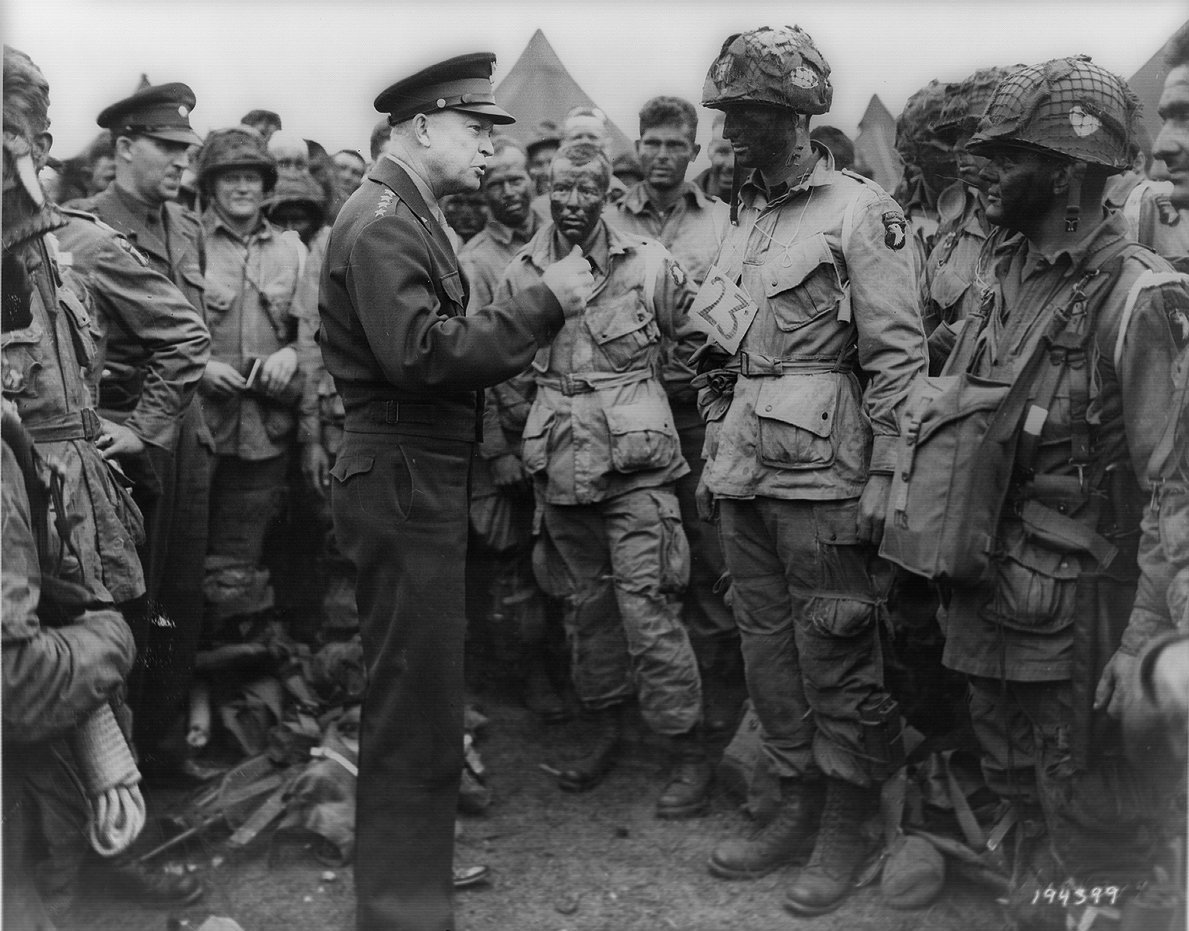
Eisenhower meets with US Company E, 502nd Parachute Infantry Regiment of the 101st Airborne Division, at Greenham Common Airfield in England on June 5, 1944. "Gen. Dwight D. Eisenhower gives the order of the Day. 'Full victory-nothing less' to paratroopers in England, just before they board their airplanes to participate in the first assault in the invasion of the continent of Europe." US Army photo/Library of Congress.
There are a lot of benefits one can get from drinking coffee. Studies show the right amount of coffee can lower your risk of Parkinson’s disease and Type 2 diabetes. It also has a protective effect on your liver, whatever that means.
But history shows that drinking the right amount of coffee could also help your ability to mastermind the largest amphibious military operation in history (sorry, Marines), defeat the Axis powers, and reassert federal authority over the states. In the mind of Dwight D. Eisenhower, the “right amount” was as much as 15 to 20 cups of coffee every day, depending on which of those feats was most important.
In just over two years, the brigadier general who’d never seen combat became the supreme Allied commander in Europe — an intense situation for anyone. Throughout the war (and into his presidency), Ike drank up to 20 cups of coffee and smoked four packs of Camels as he worked day and night to win the war in Europe.
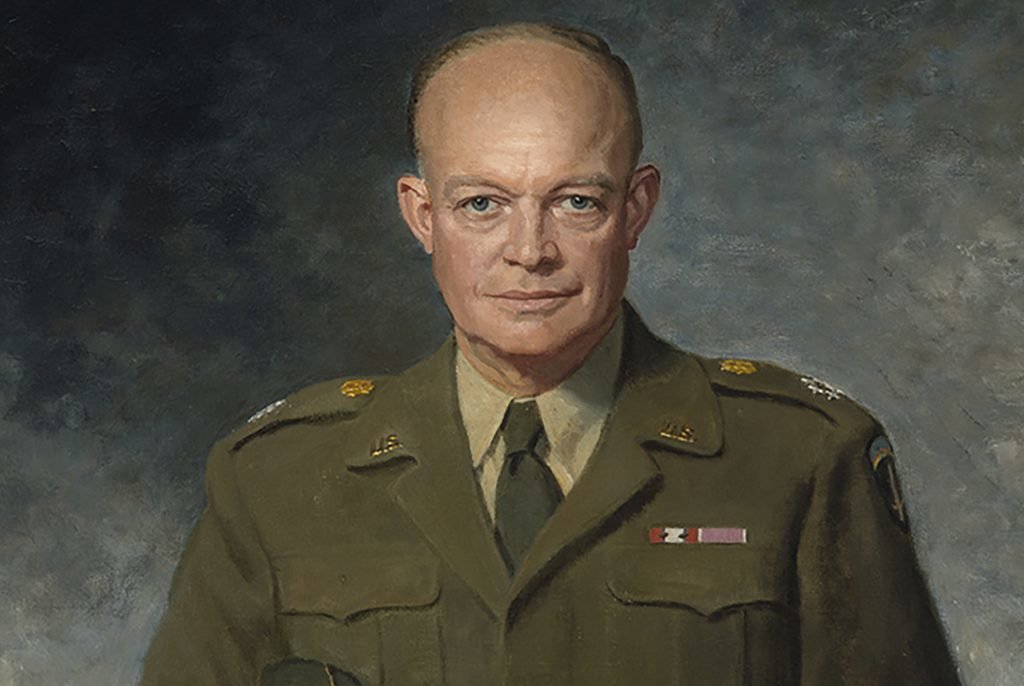
For Eisenhower, the answer was simple; Type 2 diabetes wasn’t occupying Paris, and doing the work necessary to win World War II required a diet of coffee and cigarettes.
There’s a lot to be said about Eisenhower’s service record. For one, Ike never saw combat, and that was never his specialty, even if it grated on him at times. But there’s more to serving in the military than being a hardcore, door-kicking Nazi-killing machine.
Someone has to get the Nazi-killing machines to the Nazis, and that’s where Ike came in.
At the outset of World War II, Eisenhower was a relatively unknown junior officer who had never held command above a battalion level. But as the war continued, his boss, Army Chief of Staff George C. Marshall, came to rely more and more on his logistics and leadership ability.
First up was planning the greater war in the Pacific. Eisenhower needed to send a division of men to reinforce Australia. He requisitioned the British luxury liner RMS Queen Mary to carry 15,000 soldiers from New York to Sydney around Africa’s Cape of Good Hope. After the ship departed, the Army learned that Axis U-boats knew about it and would be hunting it every step of the way. Eisenhower paced the floor until the Queen Mary arrived in Sydney.
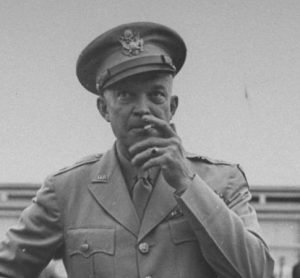
That’s the kind of leader Eisenhower was. He didn’t show it, but he was wracked with anxiety over the potential loss of so many Allied soldiers. Chugging coffee, chain-smoking, and pacing was how he dealt with the pressure.
When he was awaiting word on that first troop transport’s arrival in Sydney Harbor, Eisenhower wore the same calm demeanor as he did reviewing the troops preparing to land at Normandy on June 6, 1944. He walked among them and asked questions, speaking with them at ease. He watched as they prepared to mount an invasion that even he wasn’t sure would be a success.
Ike famously wrote two speeches for the D-Day landings — one if they were successful and one in case they failed. He knew he was taking a gamble with all those men’s lives.
In his mind, 75% of them were going to die trying to free Europe on his orders. He had done all he could, drinking cup after cup of coffee, battling insomnia and headaches to give them their best shot at victory.
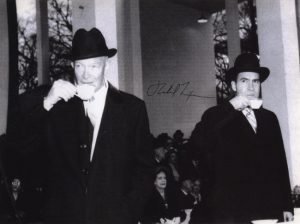
As June 6 came and went, he paced around a trailer, chain-smoking through the day and into the night. He downed cup after cup of coffee, waiting for reports of the invasion to come in.
Coffee was Eisenhower’s constant companion as he navigated the postwar world of the 1950s, managing the Soviet Union, the end of the Korean War, the Suez Crisis, the Interstate Highway System, and the use of the US Army to enforce federal laws in the states.
Ike struggled with health issues, especially heart disease, in his post-military career. He suffered at least seven heart attacks and a stroke before his death in 1969. But that wasn’t the coffee’s fault. The supreme Allied commander developed a brain tumor that made him vulnerable to heart attacks.
All that coffee just fueled the end of fascism in Europe and a reboot of the American century.
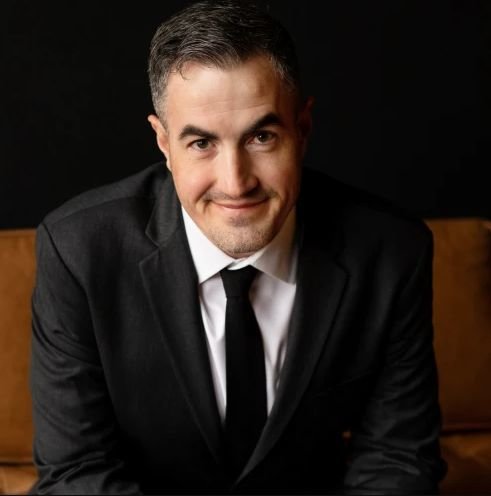
Blake Stilwell is a traveler and writer with degrees in design, television & film, journalism, public relations, international relations, and business administration. He is a former US Air Force combat photographer with experience covering politics, entertainment, development, nonprofit, military, and government. His work can be found at We Are The Mighty, Business Insider, Fox News, ABC News, NBC, HBO, and the White House.
BRCC and Bad Moon Print Press team up for an exclusive, limited-edition T-shirt design!
BRCC partners with Team Room Design for an exclusive T-shirt release!
Thirty Seconds Out has partnered with BRCC for an exclusive shirt design invoking the God of Winter.
Lucas O'Hara of Grizzly Forge has teamed up with BRCC for a badass, exclusive Shirt Club T-shirt design featuring his most popular knife and tiomahawk.
Coffee or Die sits down with one of the graphic designers behind Black Rifle Coffee's signature look and vibe.
Biden will award the Medal of Honor to a Vietnam War Army helicopter pilot who risked his life to save a reconnaissance team from almost certain death.
Ever wonder how much Jack Mandaville would f*ck sh*t up if he went back in time? The American Revolution didn't even see him coming.
A nearly 200-year-old West Point time capsule that at first appeared to yield little more than dust contains hidden treasure, the US Military Academy said.












